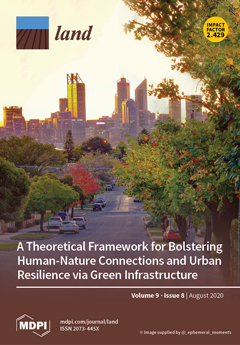ClimDev-Africa Annual Report: 1 January - 31 December 2014
This document focuses on the climate development Africa annual report. It outlines ClimDev-Africa’s performance and achievements assessed using the ClimDev-Africa Monitoring Framework and Evaluation Approach (MFEA) results’ indicators. The report contains Introduction.









